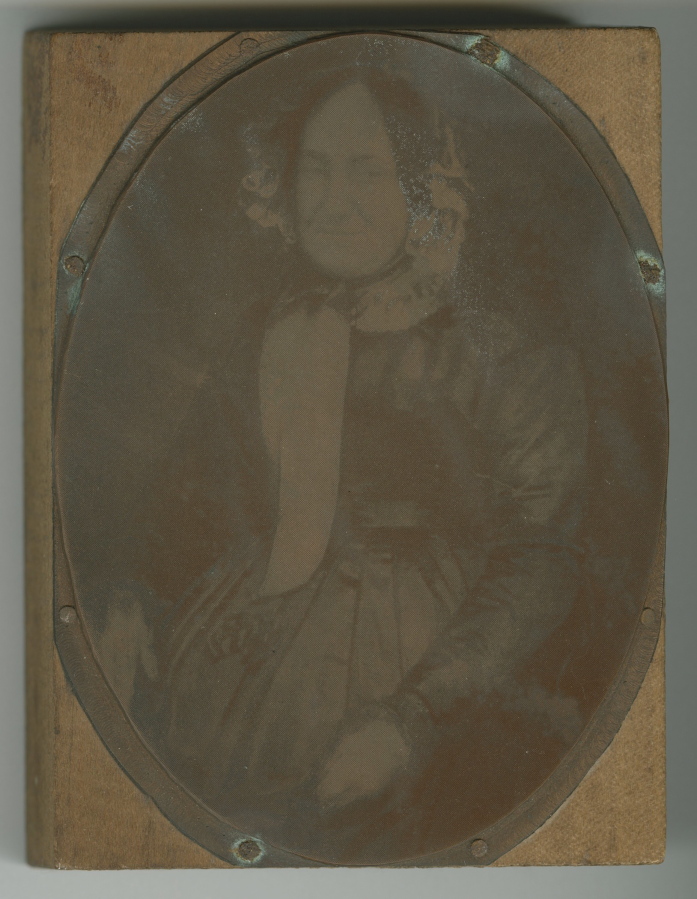NEW ORLEANS — Talk about spooky: a Halloween-themed tour of New Orleans’ grisly history opens next week, and it’s not for the squeamish.
The Historic New Orleans Collection has given a PG-13 rating to “La Danse Macabre: The Nightmare of History,” a one-hour, $5 guided tour of its history galleries. And there’s good reason for the rating. Stops along the guided tour include a photograph of a shrine bedecked with plaster body parts, a picture of a woman who tortured slaves in the early 1800s, even a ragtime composition inspired by a New Orleans serial killer and titled “The Mysterious Axman’s Jazz .”
It also includes such gruesome lore such as colonial executions on the wheel, amputations during the War of 1812, and the chained, tortured slaves found in Madame Delphine LaLaurie’s attic after her house caught fire in 1834. But Eli Haddow, the museum’s marketing assistant, said, “We won’t bar anyone from entry. We just suggest that they’re not intended for children under the age of 13.”
Daily 11 a.m. tours run Tuesday through Sunday, including Halloween.
“We wanted to do something special for the Halloween season. So we created this tour to kind of celebrate and tell these tales that we think are some of the most compelling in the city’s macabre history,” said Dylan Jordan, the visitor services staffer who created the tour. “It’s a mixture of true crime, ghost stories, voodoo, and war, sickness and health.”
The gallery tour starts with colonial executions and a slave named Louis Congo, who was freed for agreeing to serve as executioner. “He was given land, and paid for each punishment meted out, be it breaking someone on the wheel or branding someone who tried to escape with a fleur-de-lis or cutting off ears,” Jordan said.
Another exhibit: cannon balls dating to the War of 1812, muskets and a surgery kit used at the Battle of New Orleans. “The velocity of these musket shots and cannon fire was quite low. If they struck a limb they would shatter the bone, so amputations were really the only way to go,” Jordan said.
Even more gruesome is the story of Madame LaLaurie (LAL-uh-ree).
“There were rumors during her life that she was mistreating her slaves,” Jordan said. “One day in 1834, there was a fire at the house. People rushed in and found slaves chained — and they’d been tortured — in the attic.”
A crowd gathered, but LaLaurie and her physician husband sneaked out, fleeing to Paris, he said.
Dueling and voodoo
Later stops describe dueling and voodoo. For voodoo, the guide talks about two 19th century voodoo practitioners who became rich serving black and white people alike: “voodoo queen” Marie Laveau and fortuneteller Jean Montanet, or Doctor John.
Doctor John was “the last really important figure of a long line of wizards or witches … who exercised an influence over the colored population,” Lafcadio Hearn wrote in an 1885 magazine article on which the tour’s information is based. He said Montanet claimed to have been — and may actually have been — a prince kidnapped in Senegal by Spanish slavers.



